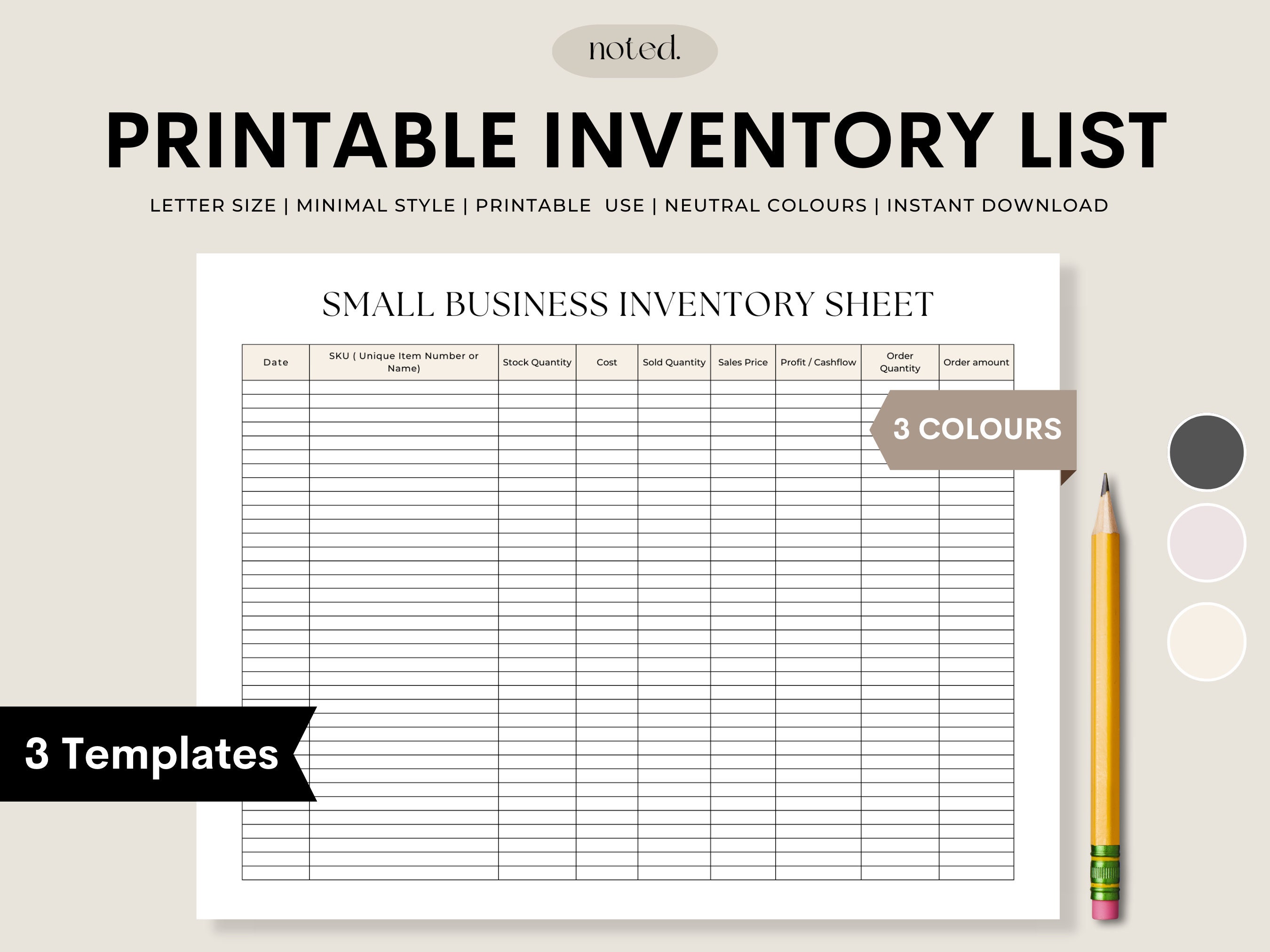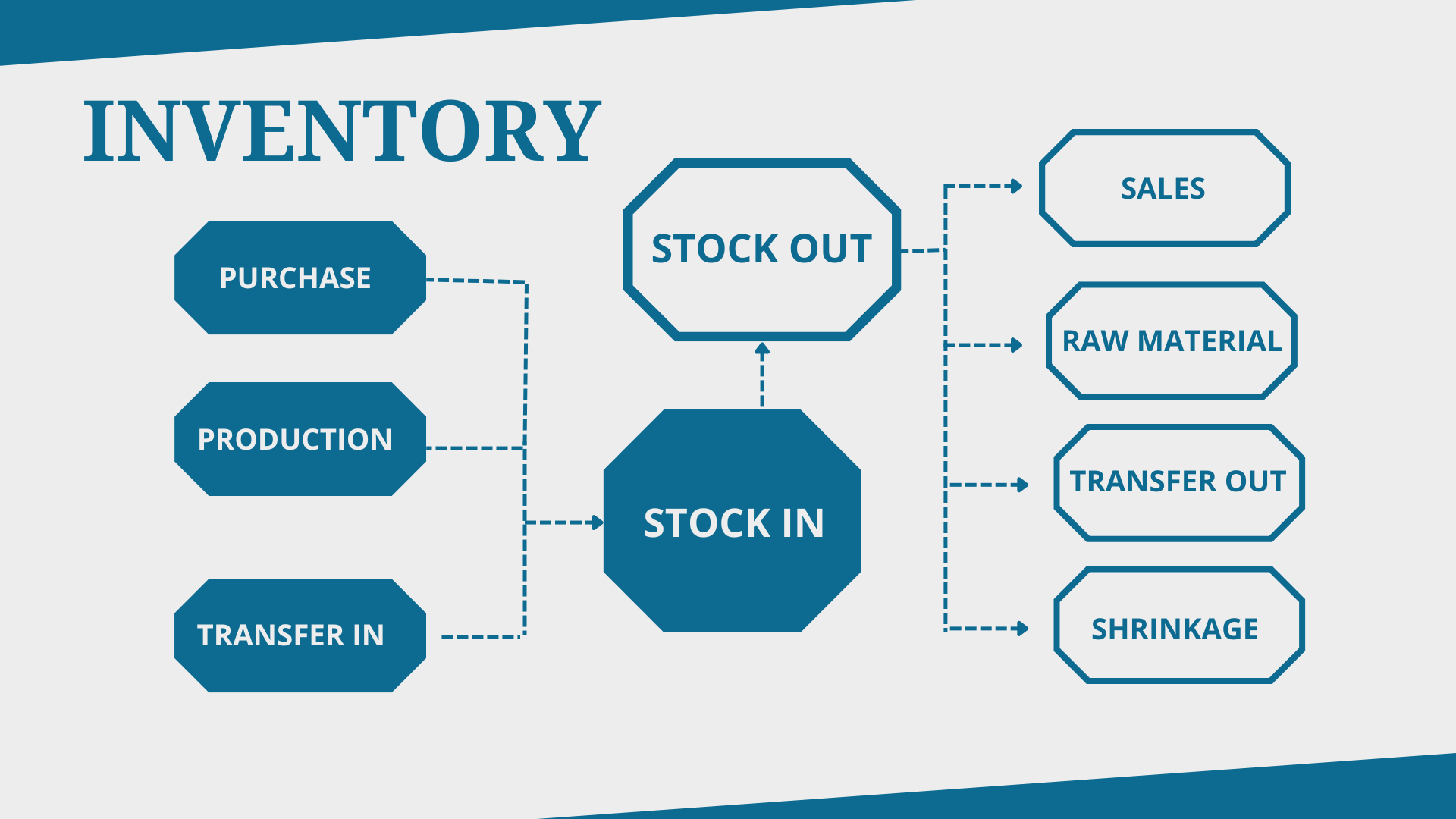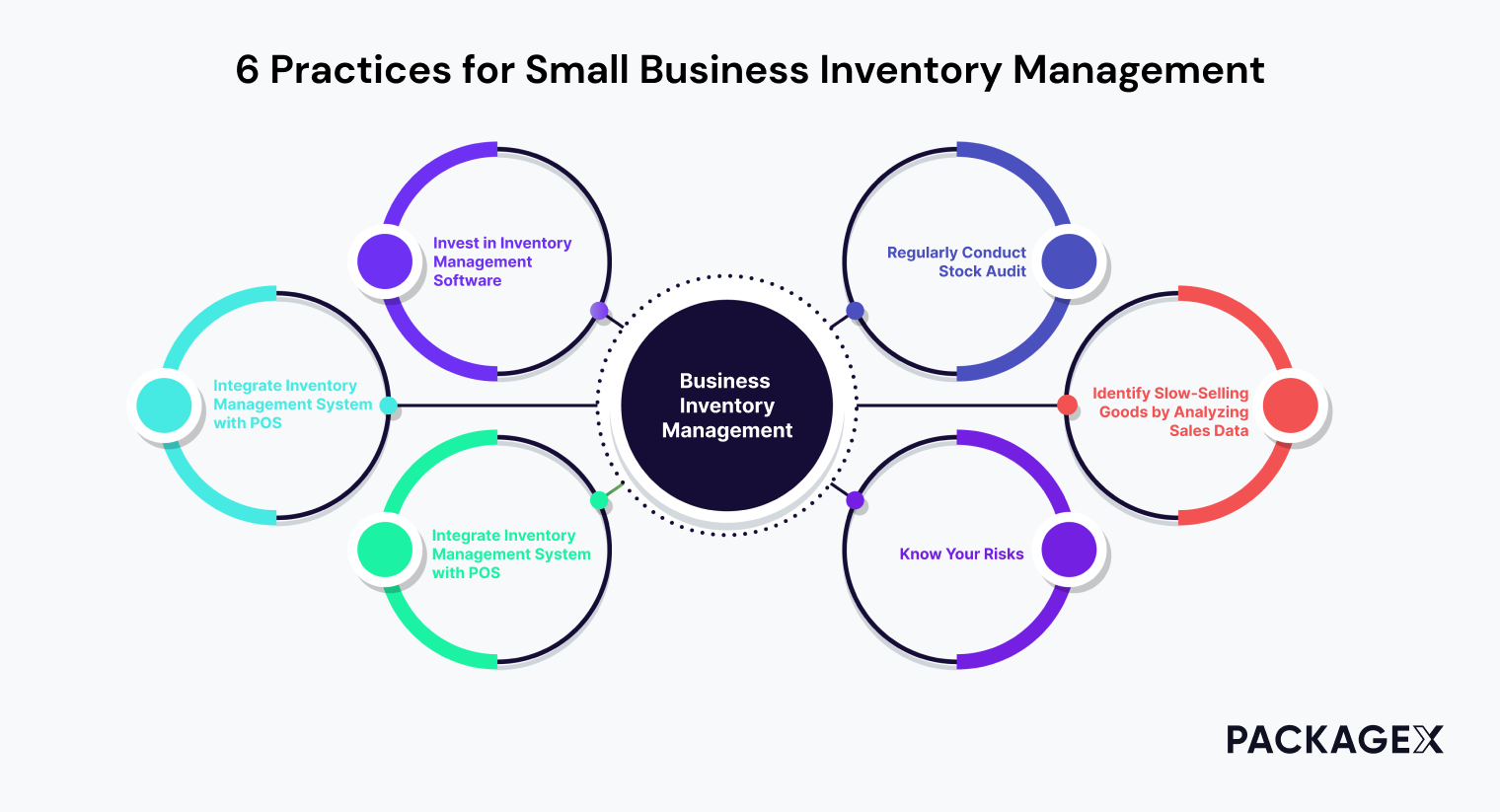Business inventory takes center stage as the backbone of any successful company, seamlessly linking supply with demand and forming the foundation of operational excellence. Whether you’re running a bustling retail store, a manufacturing plant, or a startup navigating e-commerce, understanding business inventory is essential to keep your operations running smoothly and efficiently.
From managing raw materials to tracking finished goods and everything in between, business inventory covers a diverse range of assets that require careful oversight. Effective inventory management isn’t just about counting stock; it’s about optimizing processes, utilizing smart software solutions, and ensuring compliance with industry regulations. Mastering the nuances of business inventory can lead to better financial performance, fewer disruptions, and a stronger competitive edge.
Introduction to Business Inventory
Business inventory refers to the tangible goods, materials, and products that companies hold for the purpose of resale, production, or daily operations. Across industries such as manufacturing, retail, healthcare, and logistics, inventory represents a significant portion of assets and plays a critical role in delivering products and services efficiently. Managing inventory well ensures that organizations can meet customer demand, control costs, and maintain smooth production or distribution workflows.
Companies typically manage several types of inventory, each with distinct characteristics and importance. These can include raw materials, components, work-in-progress (WIP), finished goods ready for sale, and maintenance, repair, and operations (MRO) supplies. The mix and scale of these inventories depend on the business model, industry, and operational needs.
Effective inventory management is essential for organizational success. It helps businesses optimize cash flow, avoid stockouts, minimize holding costs, and respond quickly to market changes. A well-structured inventory system not only boosts operational efficiency but also supports accurate financial reporting and regulatory compliance.
Types of Inventory: Business Inventory

Main Inventory Categories and Their Characteristics
Understanding the main categories of inventory is vital for organizing, storing, and managing stock efficiently. Each type serves a unique function within the supply chain and impacts planning, procurement, and sales strategies.
| Inventory Type | Description | Typical Uses | Storage Requirements |
|---|---|---|---|
| Raw Materials | Unprocessed inputs used in manufacturing products. | Production processes in factories, workshops. | Secure, climate-controlled, often bulk storage. |
| Work-in-Progress (WIP) | Items partially assembled or processed, not yet finished goods. | Intermediate state in manufacturing lines. | Near production areas, organized for quick access. |
| Finished Goods | Completed products ready for sale to customers. | Distribution to retailers, direct sales, exports. | Palletized, packaged, ready for shipment or display. |
| MRO Supplies | Materials for maintenance, repair, and operations, not for sale. | Supporting daily operations, machinery upkeep. | Separate from production, labeled for quick retrieval. |
Impacts of Inventory Classification
Accurate inventory classification affects procurement and sales strategies by ensuring the right items are stocked in the right quantities. For example, raw materials require close monitoring of supplier lead times, while finished goods need regular sales analysis to avoid overstocking. Inventory classification also informs how often stock should be reviewed, how it’s valued for accounting, and how resources are allocated for storage and logistics.
“A well-organized inventory system enables businesses to forecast demand more accurately and respond proactively to market shifts.”
Inventory Management Methods

Comparison of Common Inventory Management Methods
Businesses use various methods to manage inventory flow and valuation. The choice of method can influence cost accounting, tax liability, and the ability to respond to demand changes. The most widely adopted methods include FIFO, LIFO, and JIT.
| Method | Description | Benefits | Drawbacks |
|---|---|---|---|
| FIFO (First-In, First-Out) | Oldest inventory items are sold or used first. | Ensures fresh stock; aligns with most natural product flows. | May increase taxable income in inflationary periods. |
| LIFO (Last-In, First-Out) | Newest inventory items are sold or used first. | Lowers taxable income during inflation; matches current costs to revenue. | Not accepted under IFRS; may result in outdated stock. |
| JIT (Just-In-Time) | Minimizes inventory by receiving goods only as needed for production or sales. | Reduces holding costs; improves cash flow. | Requires reliable suppliers; risk of stockouts if supply chain is disrupted. |
Application Scenarios for Inventory Management Methods
The effectiveness of each method depends on the business context. FIFO is common in food and pharmaceutical industries where inventory shelf life is crucial. LIFO is preferred by businesses in regions where it is allowed and where inflation impacts inventory costs. JIT is highly effective in manufacturing industries with stable, predictable supply chains, such as automotive and electronics sectors. Choosing the right method involves weighing regulatory acceptance, cash flow needs, and the volatility of demand and supply.
Inventory Tracking Techniques
Traditional and Digital Tracking Methods

Maintaining accurate records of inventory is central to effective management. Companies use a range of techniques, from manual to highly automated systems. Traditional methods include paper logs and spreadsheet tracking, while modern solutions leverage barcoding, RFID (Radio Frequency Identification), and cloud-based inventory systems.
- Barcoding: Uses printed barcodes and scanners to record movements and stock levels in real time; reliable and cost-effective for most industries.
- RFID: Employs radio frequency tags for automated, contactless tracking and bulk reading of items; suitable for high-volume or high-value inventories.
- Cloud-Based Systems: Digitally manages inventory across locations, providing real-time visibility and analytics; integrates with other business platforms for seamless workflow.
Setting Up an Inventory Tracking System
Implementing a new tracking system involves several key steps to ensure accurate, streamlined operations:
- Assess inventory needs and select suitable tracking technology (barcodes, RFID, or cloud system).
- Label all inventory items with appropriate tags or codes.
- Train staff on scanning procedures and software usage.
- Integrate tracking system with existing ERP or accounting software if required.
- Conduct initial inventory count to establish a reliable baseline.
Challenges When Automating Inventory Tracking, Business inventory
Transitioning from manual to automated inventory tracking presents obstacles such as data migration, staff adaptation to new systems, and upfront investment in hardware and software. Small and medium-sized businesses may face steep learning curves or resistance to change. Ensuring data accuracy during the switch and establishing clear procedures for exception handling are critical to a successful implementation.
“Modern inventory tracking systems reduce human error and provide real-time insights, but require thorough planning and committed user adoption.”
Final Summary
In summary, mastering business inventory unlocks greater control, efficiency, and profitability for businesses of all sizes. By adopting the right strategies, tools, and procedures, companies can transform inventory management from a routine task into a powerful engine for growth. Staying proactive and informed about best practices ensures your inventory works for you, not against you, at every stage of your business journey.
Questions Often Asked
What is business inventory?
Business inventory refers to the goods, materials, and products a company holds for the purpose of resale, production, or internal use.
Why is inventory management important?
Proper inventory management prevents stockouts, reduces excess stock, improves cash flow, and ensures customer satisfaction.
How can I determine the optimal inventory level for my business?
Optimal inventory levels are determined by analyzing sales trends, supplier lead times, and demand forecasts to balance supply with demand while minimizing storage costs.
What are some common inventory tracking methods?
Common tracking methods include manual counts, barcoding, RFID tags, and using inventory management software for real-time updates.
How often should inventory be audited?
Inventory should be audited regularly, such as annually for full audits, and more frequently for cycle counts to catch discrepancies early.
